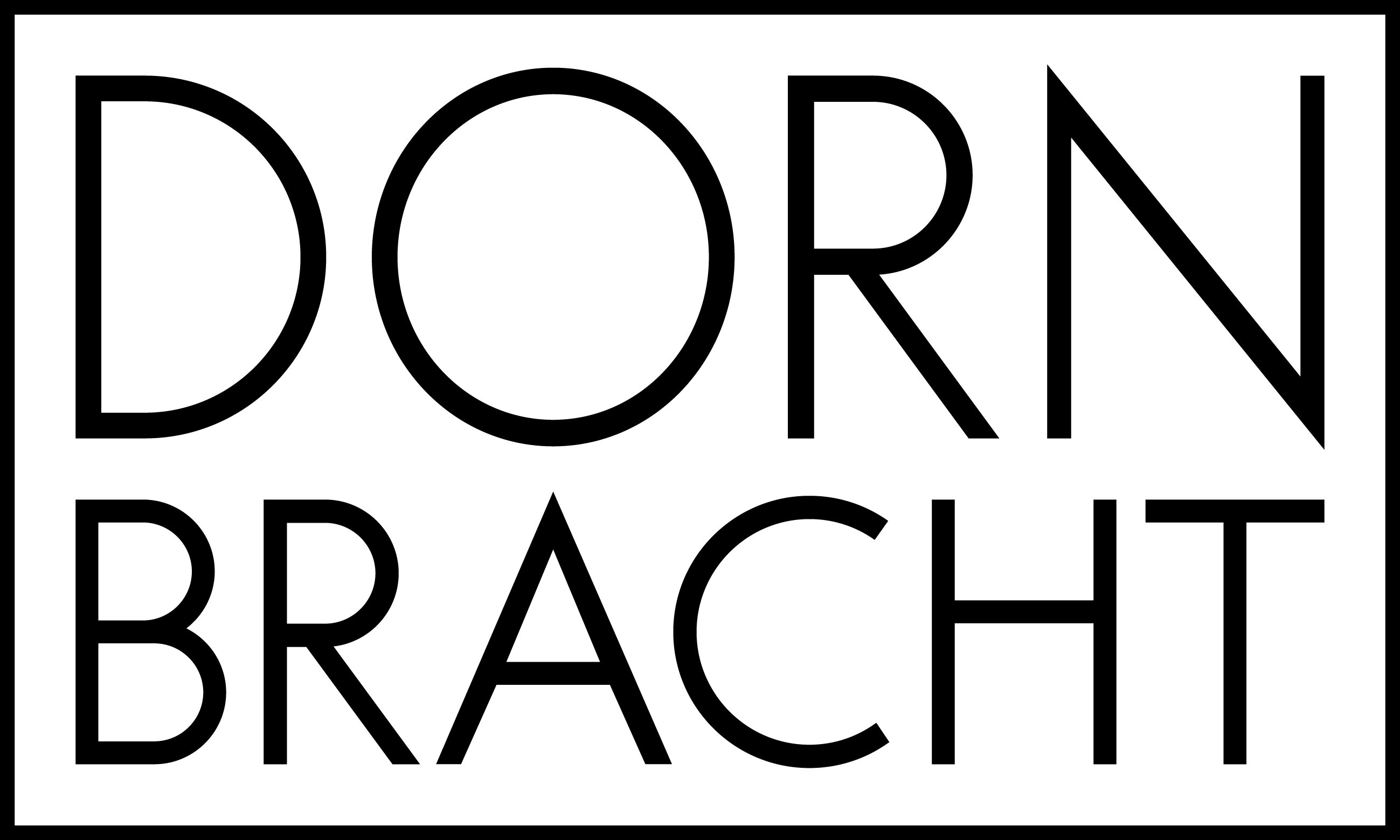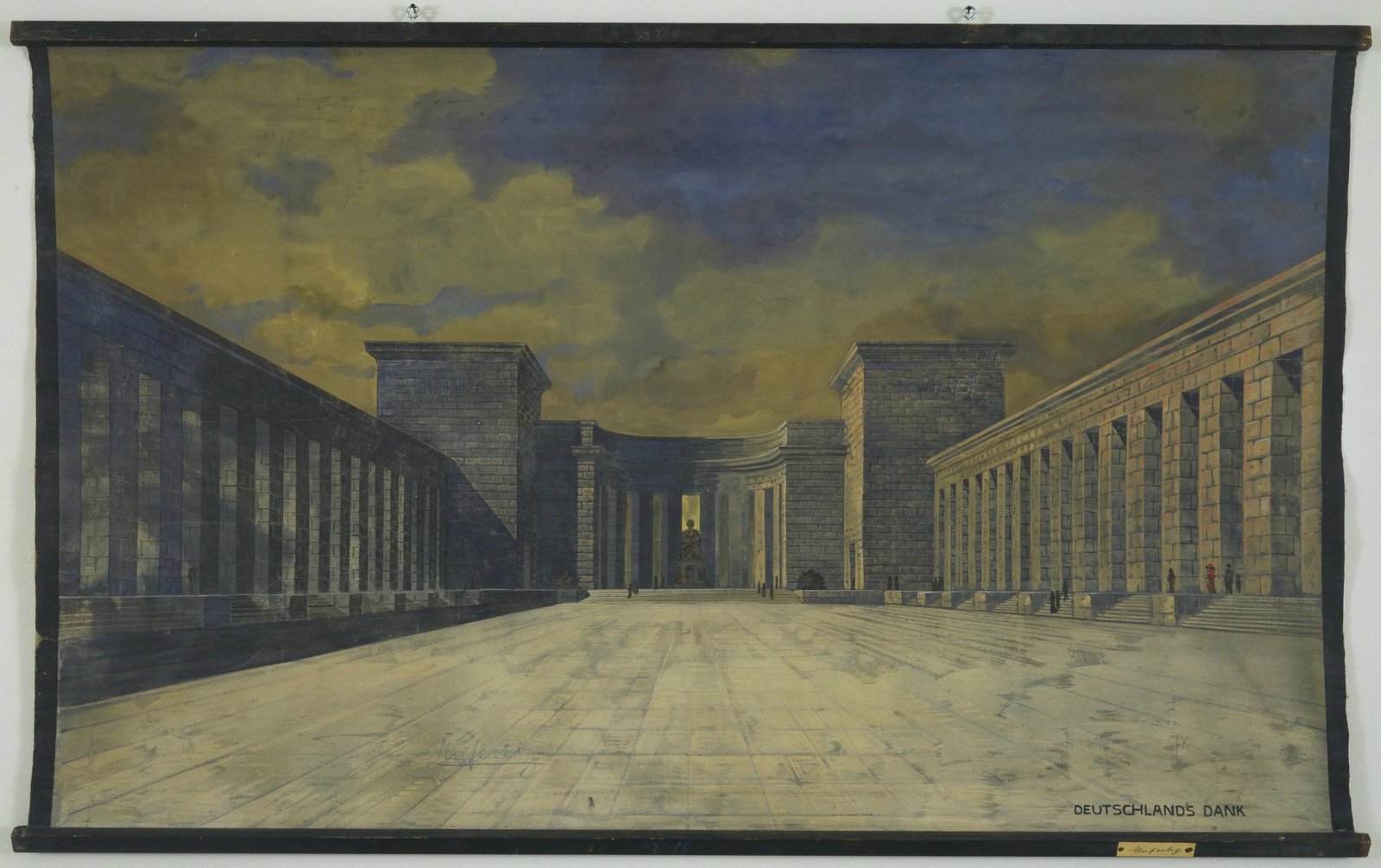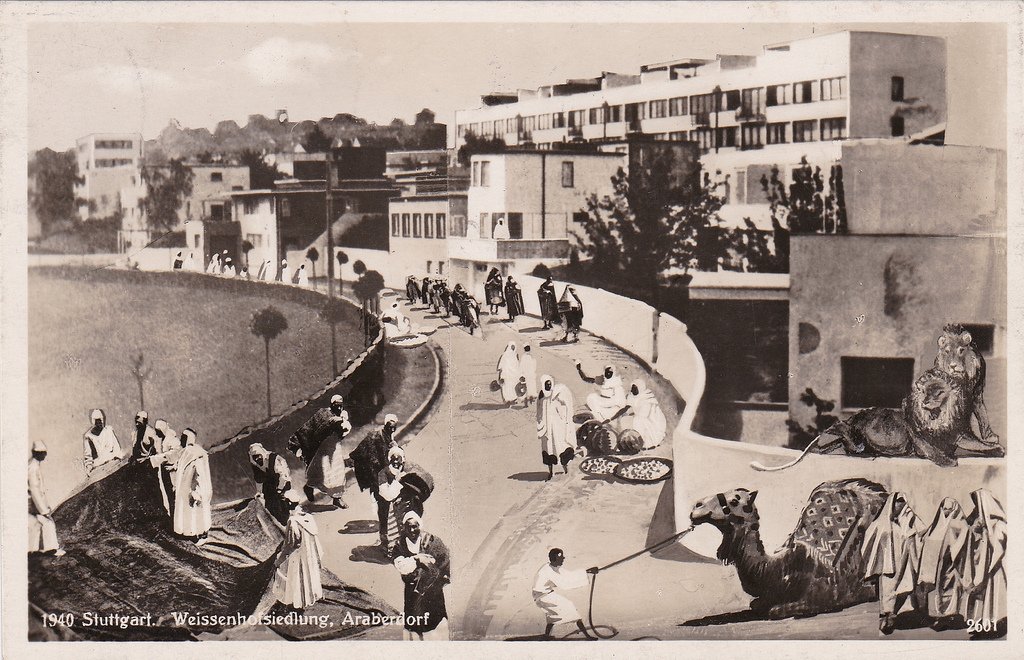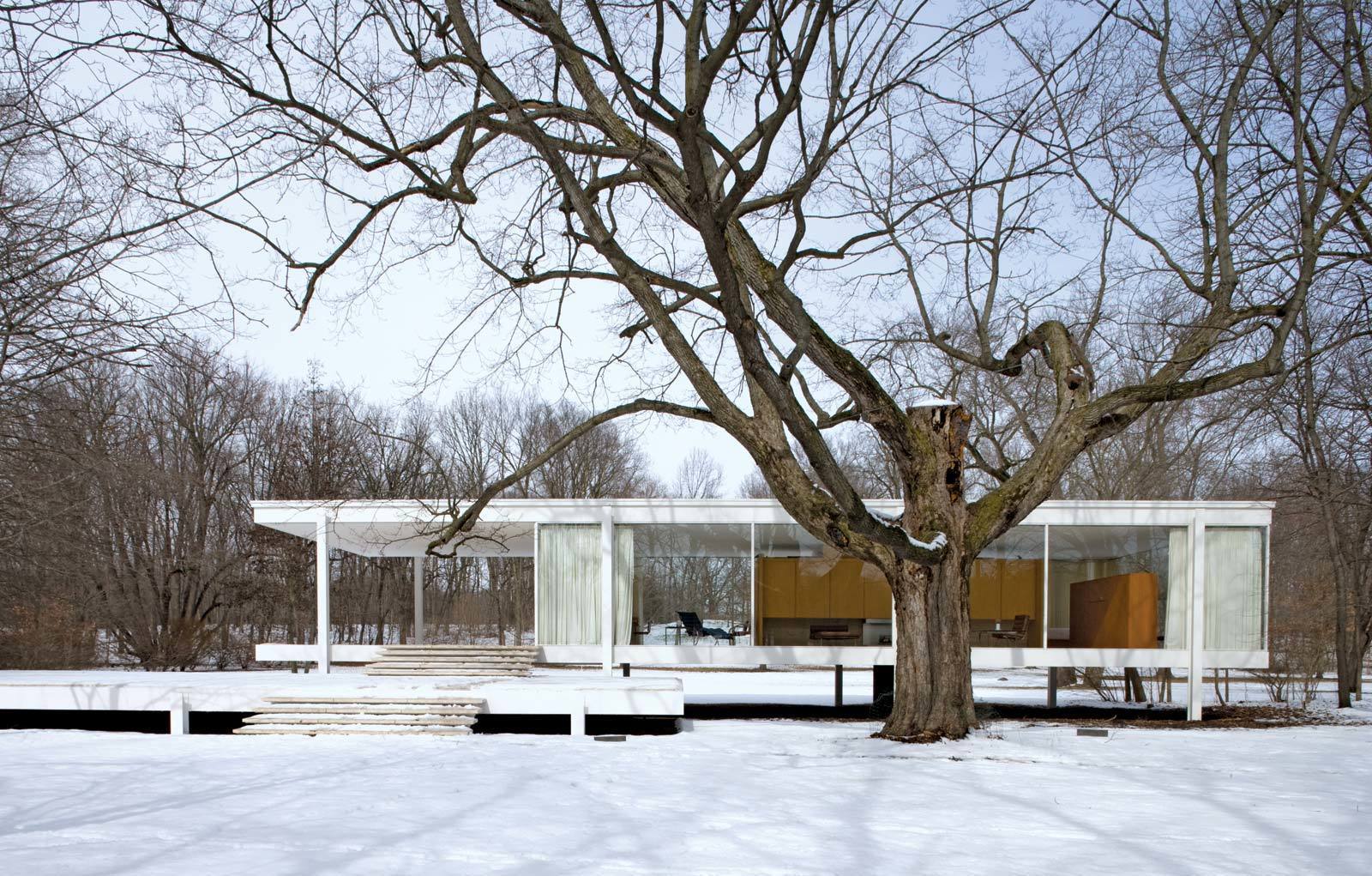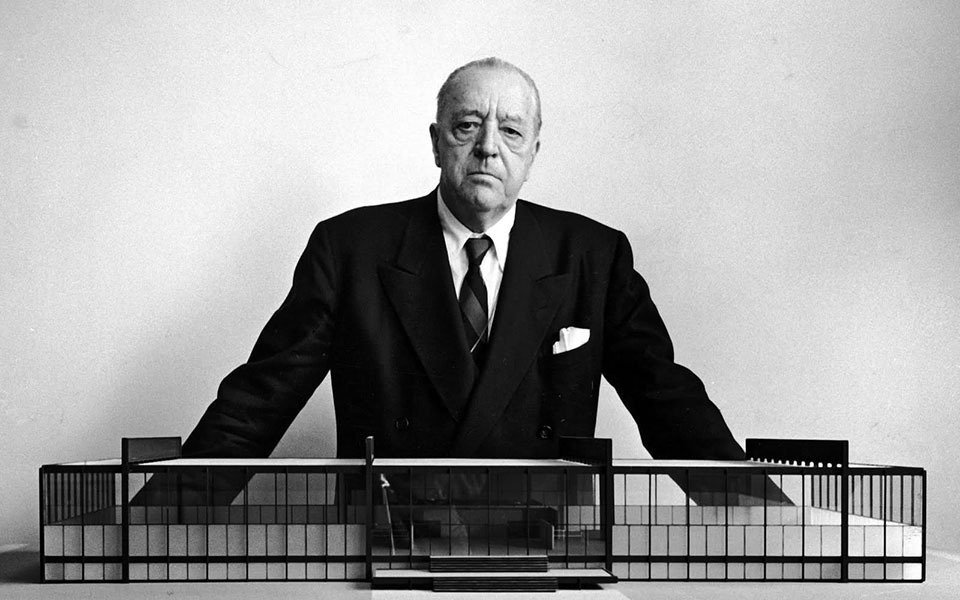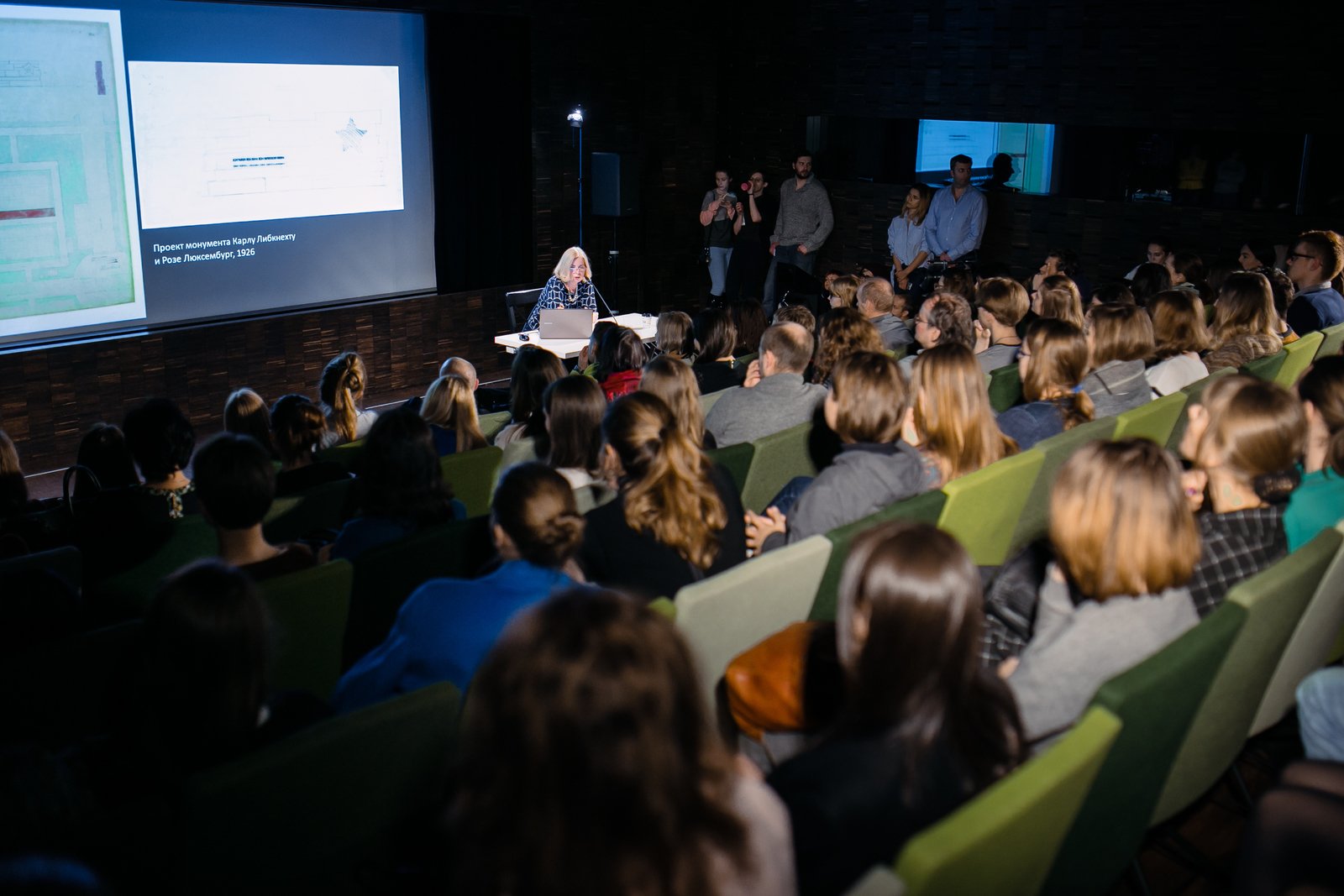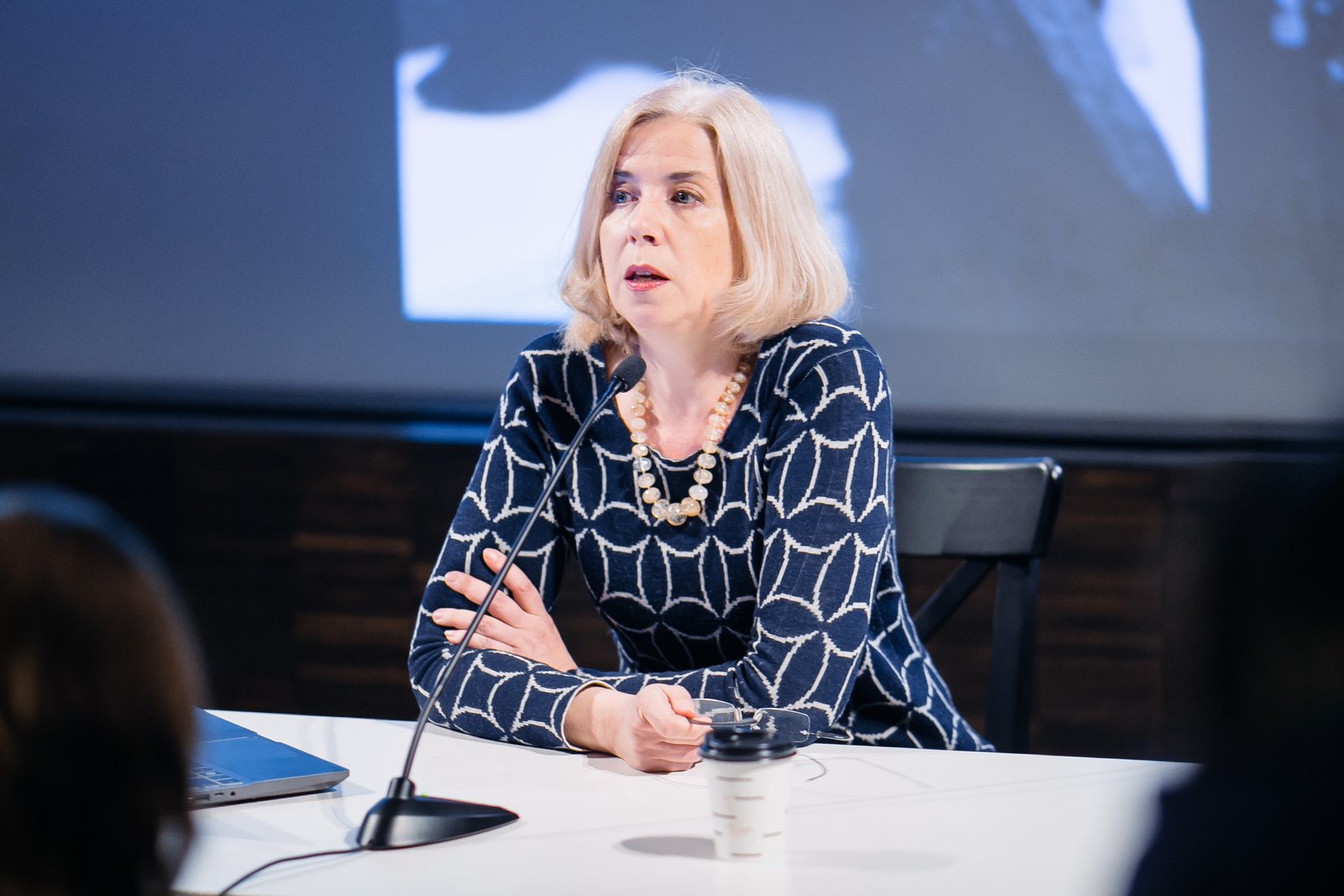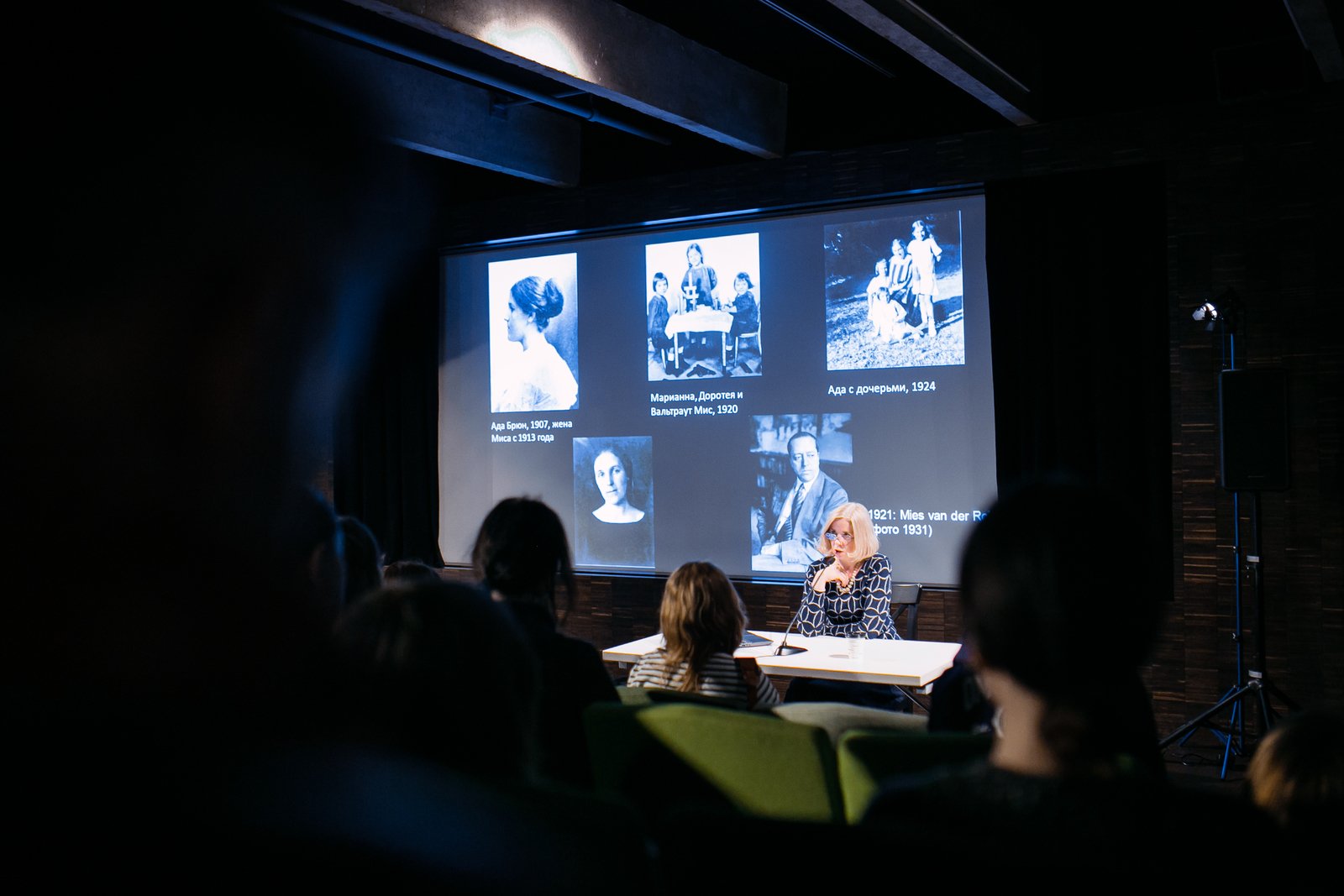Anna Bronovitskaya’s lecture on Ludwig Mies van der Rohe will focus on life and practice, the stylistic and formal evolution of one of the key architects of the twentieth century, and a leading theorist in the field of universal space and transformable architecture.
Ludwig Mies van der Rohe (1886–1969) is probably the biggest aesthete among twentieth century modernists. Social issues hardly interested him, as he preferred to work with wealthy clients: architecture which is able to represent the zeitgeist costs a lot. Early on in his career, Mies van der Rohe was a neo-classicist architect, but after World War I he became one of the pioneers of the Modern movement.
From 1930 to 1933, Mies van der Rohe was director at Bauhaus, although he never shared the functionalist principles promoted by the founder of the School, Walter Gropius. Opposed to the idea of rigid connection between form and function, he advocated universal architecture with a flexible plan, easily adjustable for various tasks. This concept was realized early in his European projects, including such masterpieces as the German pavilion at the 1929 Barcelona International Exposition and Villa Tugendhat in Brno (1930). Following his move from Germany to the U.S. in 1938, Mies van der Rohe showcased what excellence could be achieved in architecture based on his well-known “Less is more” and “God is in the details” slogans.
The American period projects such as the S.R. Crown Hall (home of the College of Architecture at the Illinois Institute of Technology, 1956) and the Seagram Building office tower in New York (1958), set the standard of the postwar International Style, which none of the numerous imitations ever came close to in terms of aesthetic qualities.
The lecture will also feature a number of Mies van der Rohe’s collaborators, such as designer Lilly Reich and architect Philip Johnson, as well as the wealthy clients who commissioned his most important buildings, which therefore came into being.

